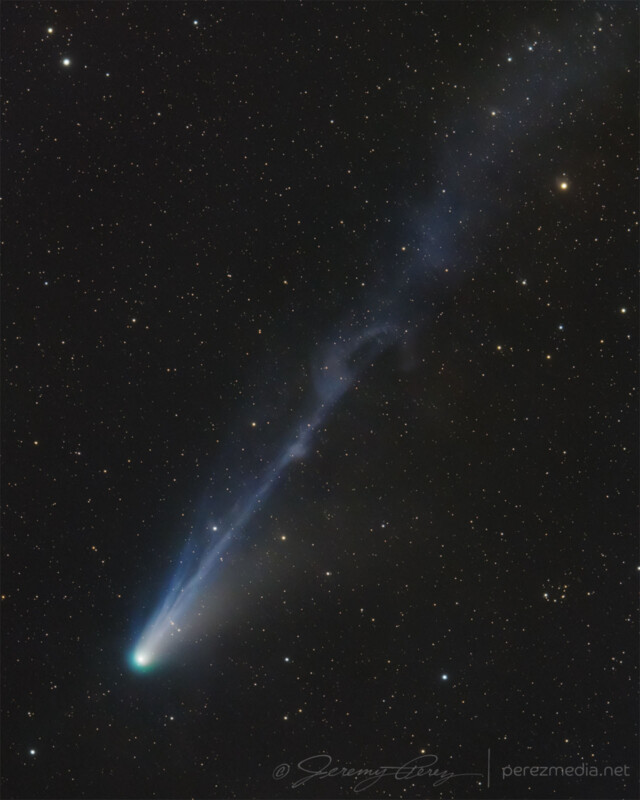Explaining the Mystery of These Fiery SpaceX Rocket Photos
![]()
On March 30th, SpaceX launched a pair of its Falcon 9 rockets. After these rockets are launched and deploy their payloads, the primary part of the rocket separates from its reusable boosters, which undergo controlled deorbit burns. Arizona-based photographer Jeremy Perez photographed the deorbiting debris, and his images have puzzled and amazed viewers.
The first carried a payload of the Eutelsat 36D telecommunications satellite and launched from NASA’s Kennedy Space Center in Florida at around 5:52 PM ET. The second rocket, which had 23 of SpaceX’s Starlink satellites aboard, launched from the neighboring Cape Canaveral Space Force Center nearly four hours later, at 9:30 PM.
Perez hoped to capture the deorbital burn of the first rocket near his home in Flagstaff, Arizona, but cloudy weather prevented him from seeing it. So, he tried his luck with the second rocket with clearer skies.
As initially seen on Spaceweather.com, Perez’s photos show a bright blue dashed line across the night sky.
![]()
“The camera exposures do not convey the visual experience,” Perez told Spaceweather.com. “It looked like a delicate, cometary, dandelion poof drifting overhead, and not brilliant blue visually like the camera picked up. The zoomed inset view shows double trailing as the deployed satellites drifted along next to the second stage as it fired its engines.”
As for the dashed appearance of the rocket debris as it streaks across the sky, that is a visual trick of the camera. Perez’s photos are a composite of multiple long-exposure photographs, and the dash is when his camera’s shutter was closed.
Similar to what happens if someone shoots a star trail photo with too long of an interval between frames, that gap is when the camera is not actively exposing an image, leaving some of the debris’ movement uncaptured.
“The first image with six dashes was four-second exposures with a one-second gap,” Perez tells PetaPixel over email. “The next image that fades out and has the magnified inset was 2.5-second exposures with a one-second gap.”

An avid astrophotographer, Perez also recently photographed comet 12P, which is currently visible in the night sky. The photographer tells PetaPixel he is currently on a road trip, seeking a good spot to photograph the total solar eclipse on April 8th. His capture from the Great American Eclipse in 2017 is incredible, so fingers crossed Perez gets good weather for this eclipse.
More of Jeremy Perez’s photography is available on his website, Instagram, and Flickr account.
Image credits: © Jeremy Perez